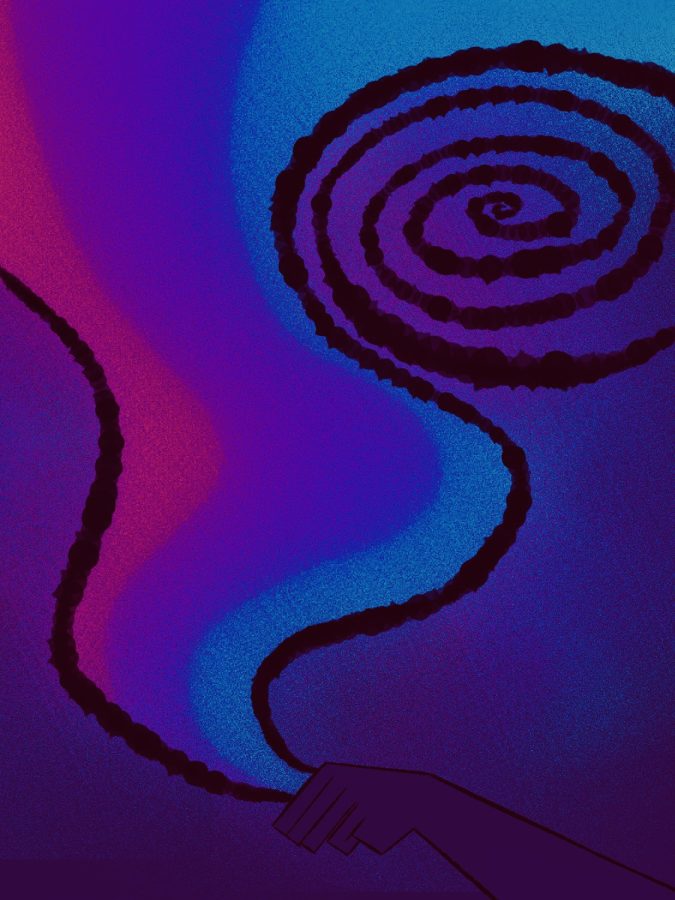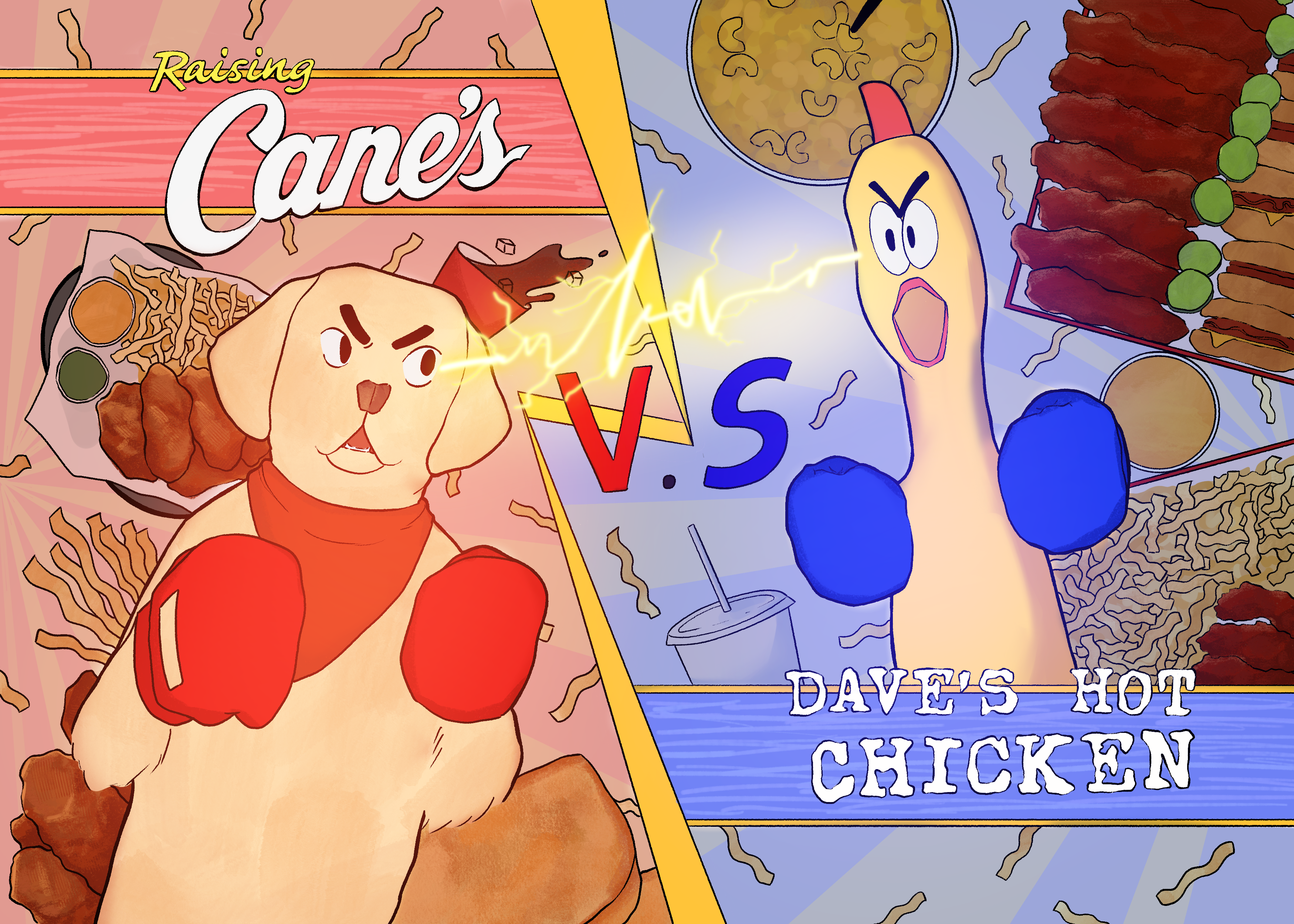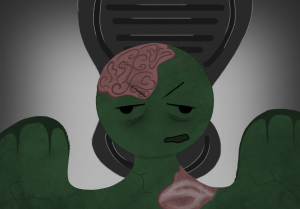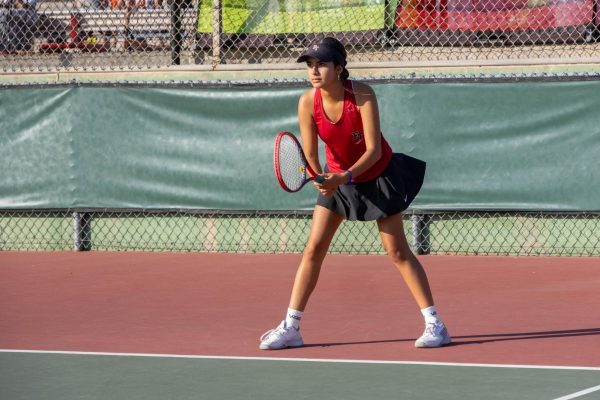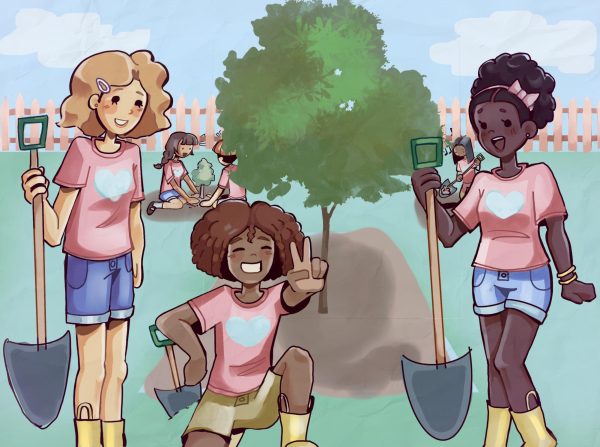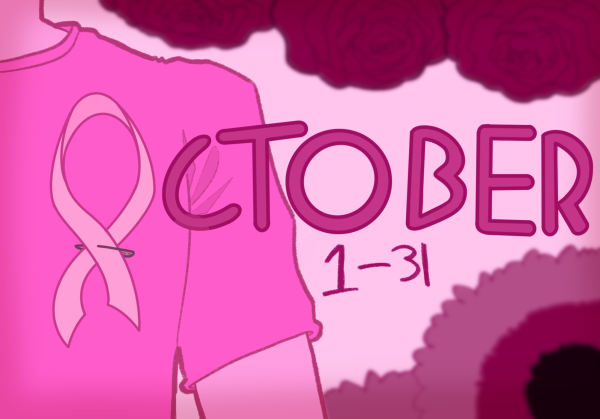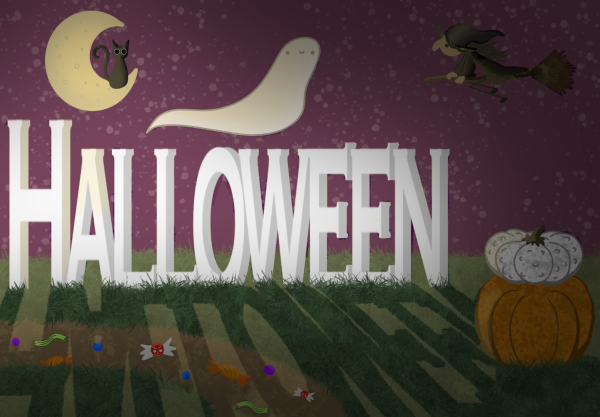Opinion: Redefining bisexuality
Read about bisexual identity and how biphobia can impact it and how we can change that impact through redefining bisexuality in this article during pride month.
June 17, 2023
Discourse surrounding queer identity is a rampant factor in the crafting of the modern LGBTQ community. Especially during an era in which online spaces allow for the wireless conjoinment of the global queer population, many wonder: how is queerness defined? Is there a standard definition, a rite of passage required in assuming LGBTQ labels? Truthfully, the answer is a solid and simple “no.” No one person’s queerness can be defined by dictionary or by any higher power. Yet still, there exists a stigma in the queer community around the validity of bisexuals.
Biphobia is arguably just as apparent in queer spaces as it is among heterosexuals. Outside of the LGBTQ community, bisexuals are subject to crude, stereotypical notions of promiscuity and indecisiveness alongside alarmingly high rates of sexual and domestic violence — yet refuge within the LGBTQ community is not guaranteed. Other queer people tend to diminish bisexuals’ very existence in the community, deeming them as somehow “lesser” due to their attraction to the opposite sex as well as other genders.
It is easy to assume that bisexuals are just “half-gay” and therefore inadequately queer. However, this definition of bisexuality is plainly incorrect and allows harmful biphobic rhetoric to become normalized in queer spaces.
Such misconceptions were the driving factor behind the publication of “Anything That Moves: Beyond the Myths of Bisexuality” — now widely regarded as The Bisexual Manifesto — in 1990: “to redefine the stereotype that ‘bisexuals will f*** anything that moves,’” according to founder Karla Rossi and the Bay Area Bisexual Network (BABN), now titled the Bay Area Bi+ & Pan Network (BABPN.)
Rossi addressed this issue in an editorial titled “What Anything That Moves and My Mother Have In Common,” describing the stark contrast between heterosexual and homosexual views of bisexuality. “When mainstream society looks at us, they see a queer,” wrote Rossi, as opposed to the “biphobia and oppressive closeting tactics,” of the larger queer community, which consequently makes bisexuals “not visible … within the organizations and communities to which we [bisexuals and homosexuals] both belong.”
In order to overcome such preconceptions, it is important to redefine bisexuality — not as a 50/50 split of attraction, but as “unique to [one’s] own identity” (Anything That Moves).
Bisexuals face a unique form of adversity in being excluded from within their own community, but this does not have to remain an absolute truth. LGBTQ people have historically aided each other in the plight for queer liberation because all belong to the same community and community is the most fundamental aspect of gaining and sustaining queer rights at all levels: locally, nationally, globally; socially, politically and so forth.
It was the plight of community which declassified homosexuality as a mental illness and ended the Lavender Scare. This led to a chain reaction of events: community united LGBTQ people in protest at Stonewall and Independence Hall; community helped give victims of human immunodeficiency virus (HIV) solace during the acquired immunodeficiency syndrome (AIDS) crisis; and community ultimately decided queer victory in Obergefell v. Hodges. Without community, queer rights would not exist.
Acceptance and toleration of bisexuality is vital in inventing a new standard of queer acceptance — one where bisexual youth are not afraid to come out or attend Gender & Sexuality Alliance (GSA) meetings at school in fear of being “not gay enough,” where they can be comfortable in their unique identity as well as their place within the LGBTQ community. This standard is especially necessary in school communities, where identity is developed and community among peers is discovered.
Bisexuals are 100 percent bisexual, not 50 percent gay and 50 percent straight. They do not hold “heterosexual privilege,” simply because they are not heterosexual. Queerness is inherently a marginal identity and because bisexuals are queer, their susceptibility to marginalization cannot be diminished without leaping backwards in the progress of LGBTQ equality.
Redefining bisexuality is a movement “towards bisexual empowerment,” stemming from within the queer community, as articulated by Rossi. Above all, a sense of community, or lack thereof, determines whether queerness will continue to be tolerated in queerphobic society. If any sort of internal prejudice — including biphobia — exists in LGBTQ spaces, the movement for queer rights is systematically prohibited from progressing.


